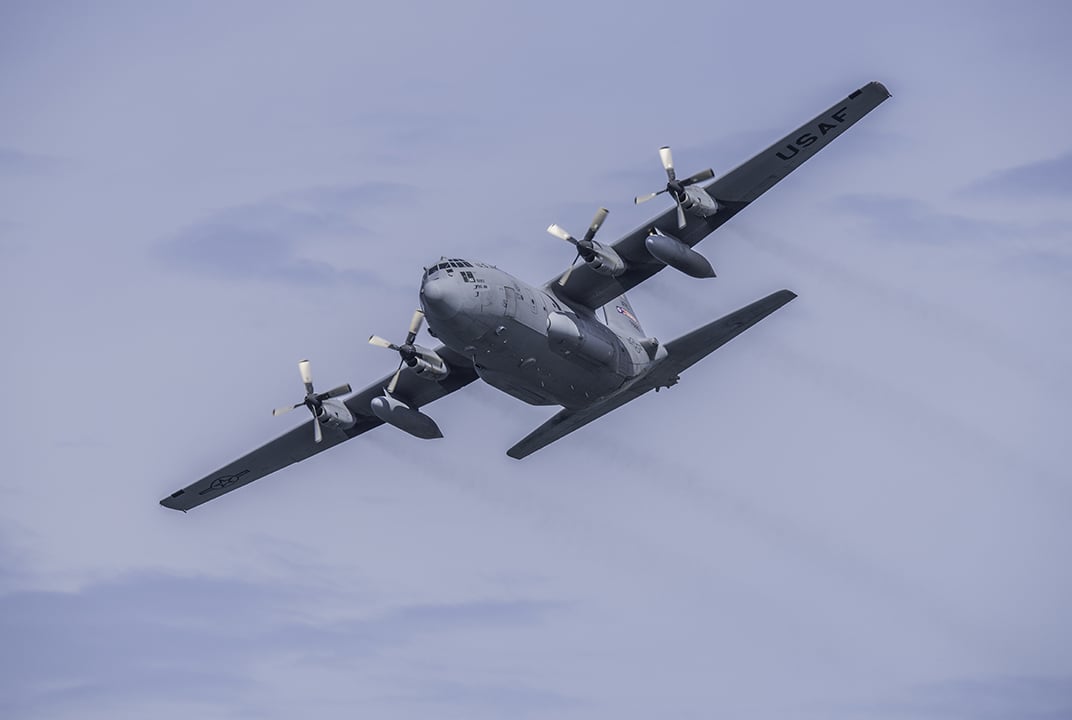Insight | Helping governments make a bigger difference
Helping governments make a bigger difference
Government
In his second blog about the demand on government customers to achieve more on smaller budgets, Andy Start, President of Inmarsat Global Government, looks at how Inmarsat technology can help by giving them the digital edge.
Our mission, as Inmarsat’s Global Government team, is to help the governments of the world make a bigger difference. My team, and that of my US counterpart Peter Hadinger, consists of around 250 government specialists – many ex-military, from Chief Tech up to Major General – and many, like myself, who were responsible for designing the current generation Milsatcom systems like Advanced EHF, WGS and Skynet.
All of us are passionate about helping governments look after the safety and security of their nations’ citizens – thus also fulfilling our mission and delivering a return to our shareholders.
In order to make a difference, we’ve architected our global satellite network in a way that helps deliver that digital edge to all our clients. Seventy five per cent of our customer base is in non-government sectors – and they need to leverage the digital edge as much, if not more, than the public sector does.
But the 25 per cent of our business that is Government needs additional security features and capabilities – so we’ve augmented our systems to meet those specific requirements.
Our network architecture allows us to deliver against the 5As needed by the government sector which I detailed in my first blog: augment, accompany, autonomy, automate, and abstracting.
We currently provide connectivity across the operational sphere – aircraft, helicopters, ships, submarines, mobile vehicles, and unmanned utilities or observation posts. The network is optimised for IP, and capable of delivering connectivity globally over four networks: terrestrial fibre, L-band, Ka-band and Mil-Ka. With the launch of Global Xpress, our constellation now consists of 11 satellites offering global services.
Within that IP construct, we can carry sub-networks optimised for M2M, voice, encrypted data or we can dynamically lease RF capacity to allow you to run military optimised bearers (more of which later). This globally consistent multi-bearer network is fundamental to meeting the needs of semi-autonomous platforms. Because it doesn’t matter where the operation is located, you can be assured of maintaining oversight and being able to re-task resources as and when required.
Setting the standard with easy to use terminals
But Inmarsat is not just about providing the bearer – if you do that you can only deliver a small part of the digital edge. Working with a series of terminal manufacturers we’ve set the standard for easy to use terminals which don’t need specialised operators.
That’s been true for years for our L-band terminals, and is now equally true for our new Global Xpress (Ka-band) terminals for land, sea and air. You can now be on-network, with a 4MBps bi-directional GX link, within 10 minutes, out of the box. That means you don’t need a dedicated engineer, or a $40K spectrum analyser, to deploy satcom anymore – and that amounts to material savings or a skilled resource doing something more powerful.
Working with CISCO, we’ve embedded within the terminal a network service device (or NSD). This device not only enables multi-path routeing, but also allows the terminal to become a smart node in the network and to run a number of virtual machines which can deliver additional services including, for example, logistics and welfare. Clearly security is critical in such a network and you have choices about where you layer your encryption and security levels. The NSD allows you to accompany and to function locally. With our M2M solution, we’ve optimised this for unmanned devices, allowing SCADA-style control networks to operate extremely efficiently over low bandwidth but then to surge to broadband speeds if and when necessary – for example, to deliver video.
While we don’t develop technologies ourselves which augment soldier capability we do work closely with those who do. We’ve worked with radar manufacturers like Blighter, with video codec specialists Scotty and ANSUR, and sensor manufacturer Digital Barriers to ensure we not only support them but ensure their solutions will work optimally through our networks.
Addressing the security needs of government
To support automation and big data/abstraction, we’ve implemented a server platform known as the Inmarsat Gateway. In addition to making use of the satcom network as simple as automate possible, we provide an applications development environment which has enabled a plethora of apps developers to create optimised apps for our global cloud.
We are a safety-critical network so our cyber security levels have always been robust and we’re investing heavily to enhance them further. But commercial levels of security will never be adequate for some government customers, so we developed Secure GX to meet that need. We can create a completely closed private network for and with you where you can still capitalise on the commercial innovation and cost benefits. We’ve even partnered with classified applications providers to demonstrate how multi-level secure applications solutions can run efficiently through our network.
To sum up, we have configured our network with technical features, and a commercial ecosystem, which allow you to pull ALL the digital levers we currently know about, and to do that in a consistent way anywhere across the planet. That means that when we work with government clients we can help them deliver greater operational effect for their limited budgets, which contributes to a maximum likelihood of success. The right solution for any client is likely to be a customised combination of these levers, so we are increasingly spending time with senior operational leaders and their teams understanding their specific challenges and priorities at an operational effect level.
In my next blog I will focus on a specific case study example to showcase leveraging autonomy for disaster relief.
About the author
Andy is responsible for the delivery of Inmarsat services to the military, emergency services, security service, border agencies, coastguard, and all other non-US government customers across the world. A member of Inmarsat’s Executive Committee, he runs a global team with hubs in Australia, Singapore, the Netherlands, South Africa, the UK, UAE, Canada, Washington and Miami.
Andy has an extensive experience of leading large defence businesses on an international basis. Prior to joining Inmarsat he was President of Harris Corporation’s international tactical radio business, Managing Director of BAE Systems Platform Solutions Business, and Director of EADS Astrium’s Military Space Business.


